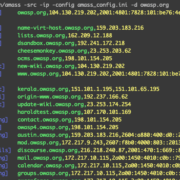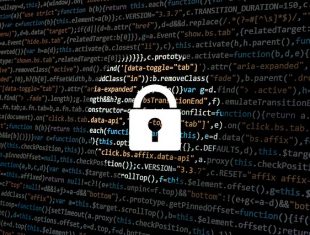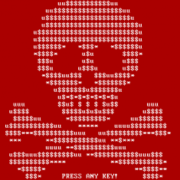The OWASP Amass Project is a DNS Enumeration, Attack Surface Mapping & External Asset Discovery tool to help information security professionals perform network mapping of attack surfaces and perform external asset discovery using open source information gathering and active reconnaissance techniques.
Information Gathering Techniques Used by OWASP Amass for DNS Enumeration and More
The main functionality of Amass is as follows:
- DNS: Basic enumeration, Brute forcing (optional), Reverse DNS sweeping, Subdomain name alterations/permutations, Zone transfers (optional)
- Scraping: Ask, Baidu, Bing, DNSDumpster, DNSTable, Dogpile, Exalead, Google, HackerOne, IPv4Info, Netcraft, PTRArchive, Riddler, SiteDossier, ViewDNS, Yahoo
- Certificates: Active pulls (optional), Censys, CertSpotter, Crtsh, Entrust, GoogleCT
- APIs: AlienVault, BinaryEdge, BufferOver, CIRCL, CommonCrawl, DNSDB, GitHub, HackerTarget, IPToASN, Mnemonic, NetworksDB, PassiveTotal, Pastebin, RADb, Robtex, SecurityTrails, ShadowServer, Shodan, Spyse (CertDB & FindSubdomains), Sublist3rAPI, TeamCymru, ThreatCrowd, Twitter, Umbrella, URLScan, VirusTotal, WhoisXML
- Web Archives: ArchiveIt, ArchiveToday, Arquivo, LoCArchive, OpenUKArchive, UKGovArchive, Wayback
Usage of Amass for DNS Enumeration, Attack Surface Mapping & External Asset Discovery
The Amass tool has several subcommands shown below for handling your Internet exposure investigation.




















